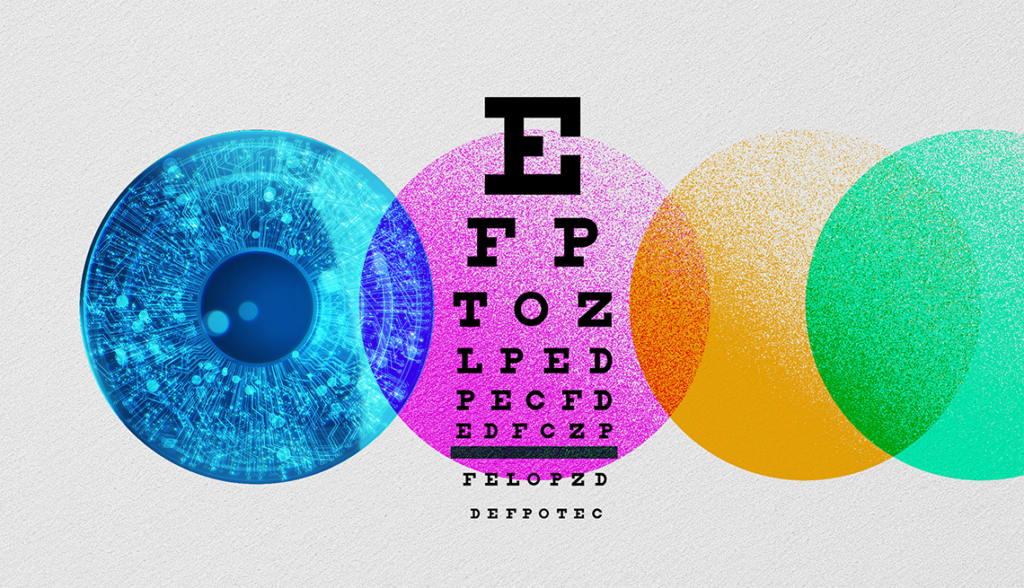
Changes in your eyesight is an inevitable fact of getting older. However, it’s important to know that these changes may signify even more serious eye conditions that can lead to vision loss or even blindness, as well as reveal potentially dangerous health issues unrelated to sight. Getting regular eye exams can help to preserve your sight and detect diseases early.
For more information on how to keep your vision healthy, from AARP, CLICK HERE.

